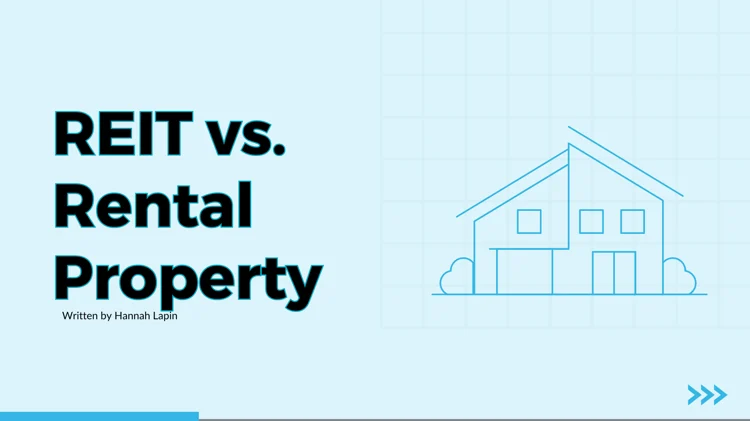Check with your Account Executive for program availability and specifications
First off, what is a rent roll? Basically, a rent roll is a document that summarizes your tenant’s lease information on a single form. The rent roll provides a lender with a snapshot of the tenants, a quick overview of basic lease information and the expected income generated from the tenants. While most rent rolls for small balance commercial properties are simple, a good rent roll provides a lender with a ton of relevant information on which to begin the underwriting process. Note most lenders will require that the borrower certify the information in the rent roll form is true and correct as of a specific date.
Rent Roll Basics
While the forms may differ from lender to lender, the base information is identification of the unit or space leased, square footage of the leased unit or space, name of the tenant, the current rent and the expiration date of the lease. Very simple.
Now this is where the forms for each lender will differ. Many rent rolls may also include the date the lease began, renewal terms, option periods, rent increase dates, rent increase rates, lease type and deposits being held. What is required on a specific lender’s form is based on the information the lender thinks is important and relevant to the way they underwrite a loan.
For example, lenders that lend on small retail strip centers with “mom and pop” tenants will want to see the start date of the lease. Why you may ask. Well looking at the rent roll you may see that three of the four tenants’ leases are expiring in the coming year, which could have a major impact to the property’s cash flow. No lender wants to lend on a retail property with 75% of the space potentially becoming vacant. But with additional information the lender may quickly discover that the three tenants have been in the same location for the past 7 to 10 years and there is an automatic renewal option on the leases. In this case, the rent roll provided a quick answer to a question that may have resulted in a phone call to the broker and/or borrower slowing the underwriting process down.
Rent Roll Analysis
A rent roll really tells the story of the property at a certain point in time. For example, a rent rolls provides the lender with the data required to determine the actual vacancy rate of a property. The vacancy rate is simply the percentage of units or space that is not occupied by a tenant. It also reveals other information that is critical to underwriting a proposed loan.
Let’s review a sample rent roll:
|
Unit |
Size (SF) |
Tenant Name |
Start Date |
End Date |
Monthly Rent |
Rent per SF |
|
A |
1,000 |
Marge’s Salon |
1/1/2010 |
12/31/2021 |
$ 1,000 |
$ 12.00 |
|
B |
1,500 |
Bill Hat House |
7/1/2013 |
6/30/2021 |
$ 1,750 |
$ 14.00 |
|
C |
1,500 |
Bicycle Heaven |
1/1/2018 |
1/1/2023 |
$ 1,875 |
$ 15.00 |
|
D |
4,000 |
VACANT |
N/A |
N/A |
$ – |
$ – |
|
8,000 |
$ 4,625 |
The sample rent roll above shows the property has a vacancy rate of 25% (1 vacant unit divided by 4 total units). However, if you notice, Unit D is a large unit and represents half of the actual square footage of the property. The true vacancy rate is 50% based on square footage. If Unit D rents for $13.88 per square foot (this is weighted average of the other rented units), then the economic vacancy would be 50%. But what if the large unit is designed for storage and rents for only $5.00 per square foot, then the economic vacancy would only be 26.5%. On the other hand, if the market rent for the space is greater than $13.88 per square foot, then the economic vacancy would higher than 50%. The other concern with the large unit, in this case one that is more than twice the size of the other units, is the probability that it will lease and will lease in an acceptable timeframe.
The sample rent roll indicates that there are 2 units with leases that will expire next year. The length of time those two tenants have been in place may indicate there is a strong possibility that they will renew or exercise a lease option (if available under the existing leases). Either way the lender will need to explore this in more detail by reviewing the existing leases and talking to the borrower and possibly the tenants about their intentions to renew their respective leases.
Based on this simple rent roll, an underwriter would be able to ascertain important information that impacts the future cash flow of the property and provides a good starting place to begin to review a potential loan. At Visio, we ask to see a rent roll upfront so we can determine if a proposed deal fits in our wheelhouse and allows us to quickly provide meaningful commentary on the transaction to both you and your borrower.
Check in regularly to read more about SBC lending, and check out the “Small Balance Commercial” section of our blog. For more investor tools and resources, visit our blog.
Check with your Account Executive for program availability and specifications
{{cta(’08ac7d82-97b3-431a-b03f-964176f02e36′)}}






